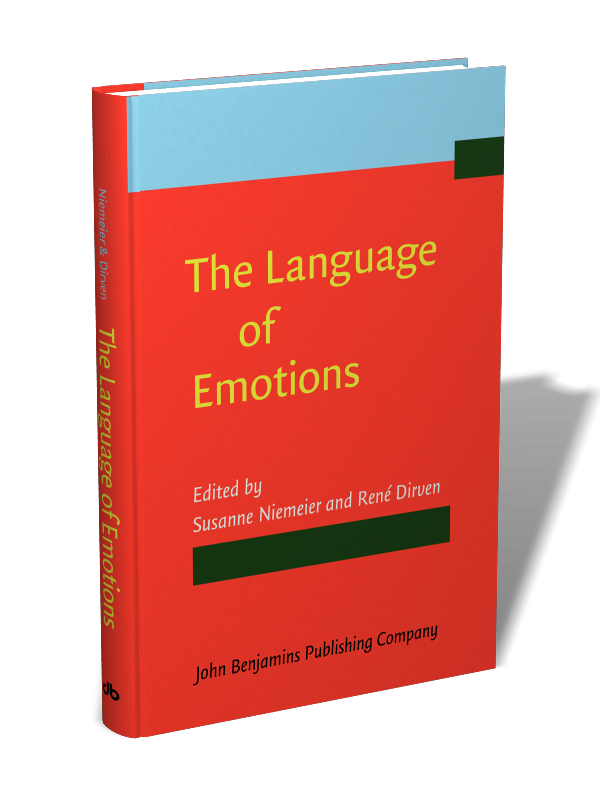

We begin our article by first providing a brief primer on the psychological constructionist approach we take in our own work called the Conceptual Act Theory (CAT cf., Barrett, 2006b). In this paper, we introduce a psychological constructionist model of emotion that explains the mechanisms by which language plays a fundamental role in emotion. Yet growing psychological research suggests that the role of language may run deeper in emotions than either laypeople or researchers previously thought. In these views, emotions are physical types that are essentially distinct from linguistic or conceptual processing ( Ekman and Cordaro, 2011 Panksepp, 2011 Shariff and Tracy, 2011 Fontaine et al., 2013). Many contemporary psychological models of emotion agree with this common sense perspective. However, it is typically assumed that this is the extent of the relationship between language and emotion. Surely, the things that people say affect our emotions, and we can describe our emotions (or the emotions we see in others) with words after the fact. Building on this evidence, we outline predictions from a psychological constructionist model of emotion in which language serves as the “glue” for emotion concept knowledge, binding concepts to embodied experiences and in turn shaping the ongoing processing of sensory information from the body and world to create emotional experiences and perceptions.Ĭommon sense suggests that language has naught to do with emotion. Critically, language later helps individuals use concepts to make meaning of on-going sensory perceptions. In the present paper, we review evidence from developmental and cognitive science to reveal that language scaffolds concept knowledge in humans, helping humans to acquire abstract concepts such as emotion categories across the lifespan. The CAT suggests that language plays a role in emotion because language supports the conceptual knowledge used to make meaning of sensations from the body and world in a given context.

According to the psychological constructionist Conceptual Act Theory (CAT), an instance of emotion occurs when information from one’s body or other people’s bodies is made meaningful in light of the present situation using concept knowledge about emotion. Yet recent psychological constructionist accounts reveal that language is a fundamental element in emotion that is constitutive of both emotion experiences and perceptions. Common sense suggests that emotions are physical types that have little to do with the words we use to label them.


 0 kommentar(er)
0 kommentar(er)
